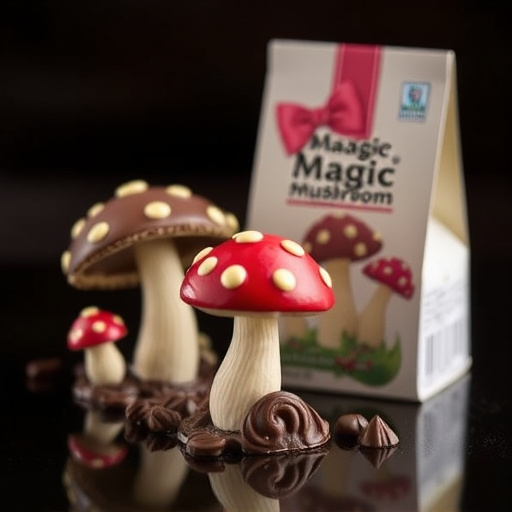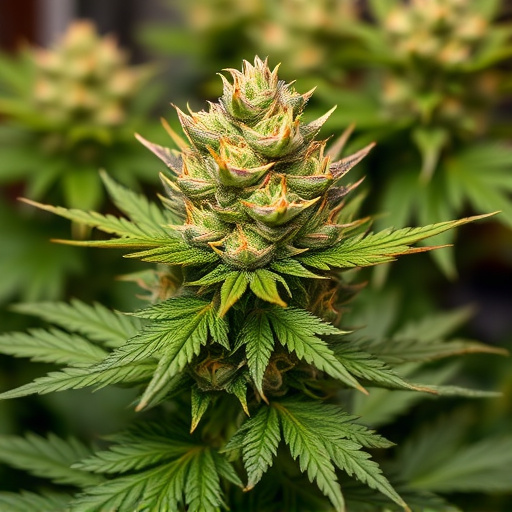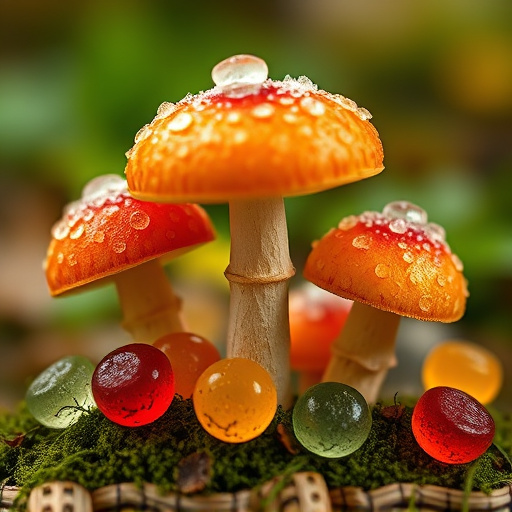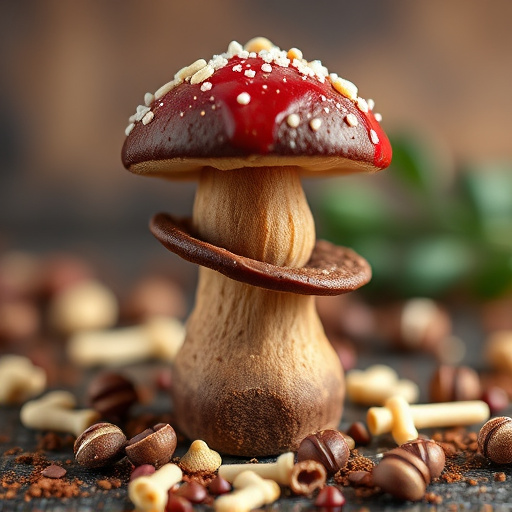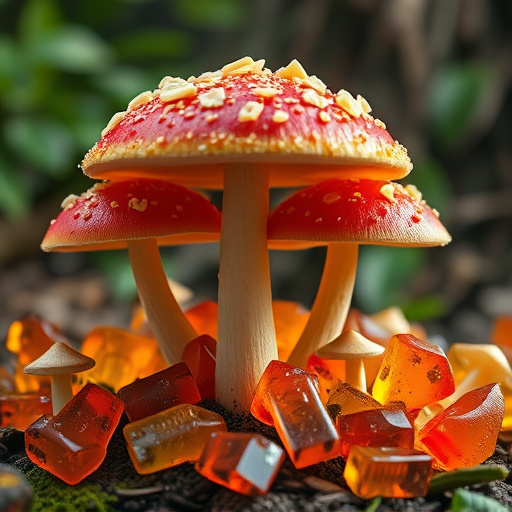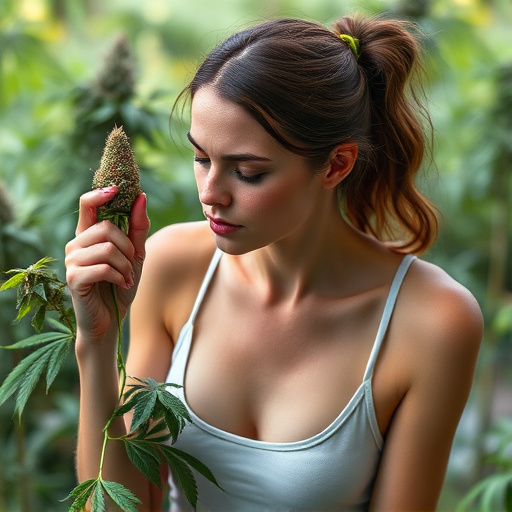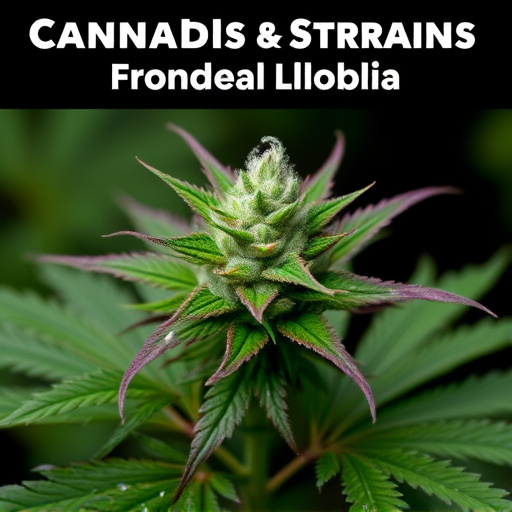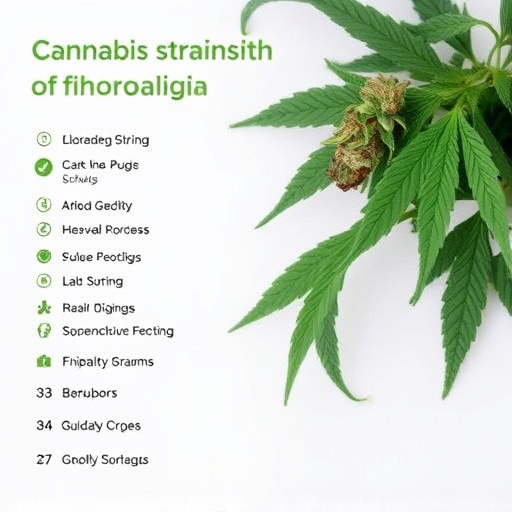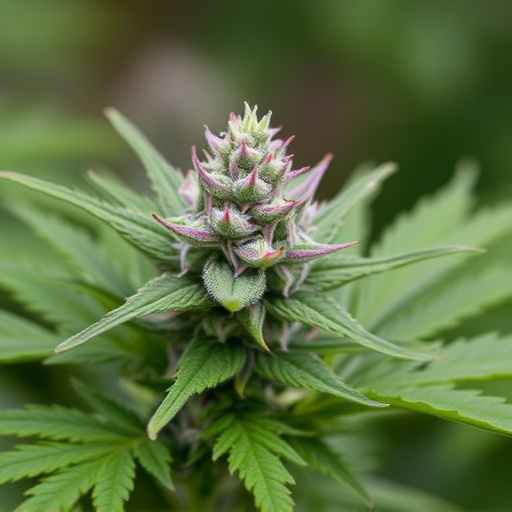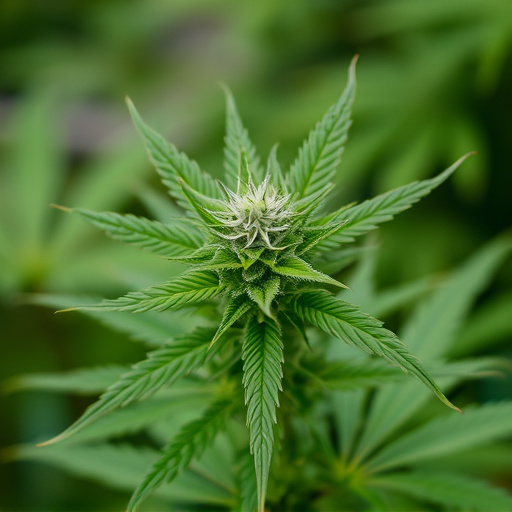Cannabis overdoses from high THC intake are rare but dangerous, especially for fibromyalgia patients using edibles. Starting with low doses and understanding strain risks is key to prevention. Recovery involves safety, hydration, and over-the-counter pain relievers. For long-term relief, CBD-rich strains like Granddaddy Purple, Charlotte's Web, and Blue Dream offer anti-inflammatory benefits without psychoactive effects, interacting with the endocannabinoid system for effective symptom management. Consulting healthcare providers ensures the right strain and dosage.
“Experiencing a cannabis overdose can be a disconcerting and potentially distressing event. This comprehensive guide aims to demystify the process of recovery from a cannabis overload, focusing on effective strategies to manage symptoms. We delve into understanding the dynamics of a cannabis overdose and its telltale signs. Furthermore, we explore specific cannabis strains known for their potential fibromyalgia relief properties while emphasizing responsible usage to avert overdoses. By the end, readers will be equipped with valuable insights for both safe consumption and efficient recovery.”
- Understanding Cannabis Overdose and Its Symptoms
- Strategies for Recovery: Managing Uncomfortable Effects
- Exploring Cannabis Strains for Fibromyalgia Relief (and Avoiding Overdoses)
Understanding Cannabis Overdose and Its Symptoms
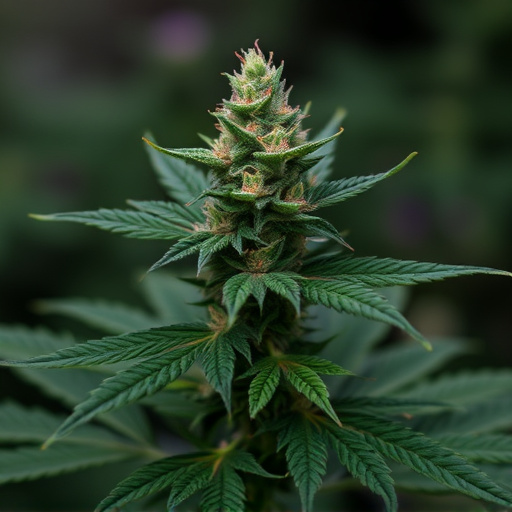
A cannabis overdose, while rare, can occur when consuming too much THC (tetrahydrocannabinol), often through edible products. Unlike popular belief, it’s not about being “too high,” but rather an excessive release of neurotransmitters in the brain due to high THC concentrations. This can lead to distressing symptoms such as anxiety, paranoia, panic attacks, severe disorientation, and even psychotic episodes. Recognizing these signs early is crucial for a safe recovery.
Individuals using cannabis for conditions like fibromyalgia may be particularly susceptible due to trying different strains with varying THC levels. What might be a manageable dose for pain relief could easily cross the line into overdose territory. It’s important to start with low doses and gradually increase, monitoring personal reactions closely. Understanding the potential risks of specific cannabis strains for fibromyalgia—those known for their high THC content—can help prevent accidental overdoses.
Strategies for Recovery: Managing Uncomfortable Effects
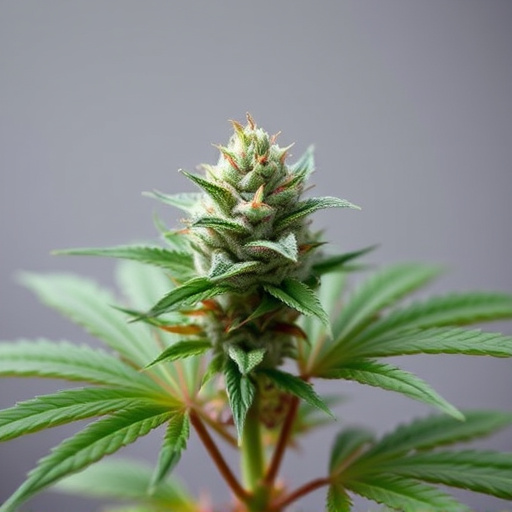
When recovering from a cannabis overdose, managing uncomfortable effects is paramount. The first step is to ensure safety and comfort. This may involve moving to a quiet, familiar space where you can relax undisturbed. Staying hydrated by drinking plenty of water is crucial, as dehydration can exacerbate symptoms. If severe discomfort or anxiety persists, consider using over-the-counter pain relievers like ibuprofen for muscle aches related to stress and tension.
For those seeking long-term relief from conditions like fibromyalgia, exploring cannabis strains known for their soothing properties could be beneficial. Strains high in CBD (cannabidiol) or specific terpenes that promote relaxation can help manage chronic pain without overwhelming the system. Consulting with a healthcare provider or cannabis specialist to determine the right strain and dosage is essential for effective recovery and managing symptoms associated with an overdose.
Exploring Cannabis Strains for Fibromyalgia Relief (and Avoiding Overdoses)
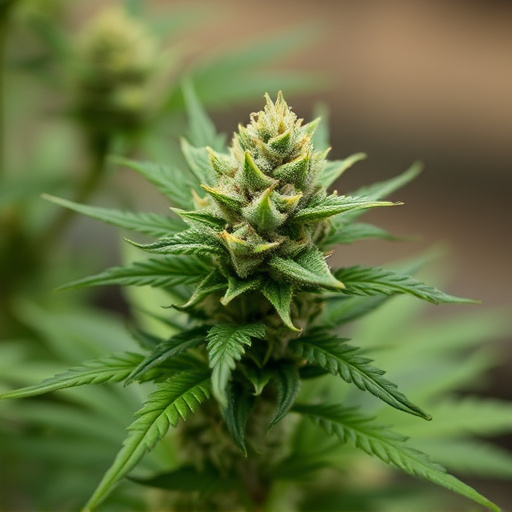
Cannabis has been found to offer potential relief for individuals suffering from fibromyalgia, a chronic condition characterized by widespread pain and sensitivity. Exploring specific cannabis strains tailored to managing fibromyalgia symptoms can be beneficial while minimizing the risk of overdose. Certain high-CBD, low-THC strains have shown promise in reducing muscle spasms, improving sleep quality, and alleviating pain associated with fibromyalgia.
When selecting a cannabis strain for fibromyalgia relief, focus on varieties known for their anti-inflammatory and analgesic properties. Some popular options include Granddaddy Purple, Charlotte’s Web, and Blue Dream. These strains often contain higher levels of cannabidiol (CBD), which has been studied for its ability to interact with the endocannabinoid system, potentially reducing pain perception without causing psychoactive effects that could lead to an overdose.
A cannabis overdose can be an uncomfortable experience, but with the right strategies and understanding, recovery is achievable. By recognizing the symptoms early and seeking appropriate support, individuals can manage the effects effectively. Exploring specific cannabis strains known for their soothing properties, such as those high in CBD and low in THC, can provide relief for conditions like fibromyalgia while minimizing the risk of overdose. Educating oneself about dosage, consumption methods, and individual tolerances is key to navigating the world of cannabis safely and therapeutically.
